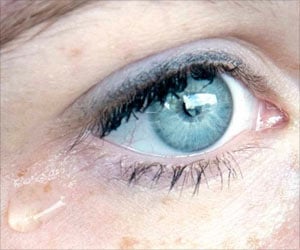The study conducted by researchers from the Trinity College Dublin and the Sanger Institute, Cambridge (UK), was focused on mutant mice that model the human eye disease retinitis pigmentosa (RP).
A collaborative research has uncovered a role for microRNA in retinal disease.
The study conducted by researchers from the Trinity College Dublin and the Sanger Institute, Cambridge (UK), was focused on mutant mice that model the human eye disease retinitis pigmentosa (RP).Retinitis pigmentosa is the most common form of inherited retinal degeneration. Mutations in more than 40 genes have been linked to the disease and no therapy is currently available.
Led by Dr Arpad Palfi and Dr Jane Farrar of the Smurfit Institute of Genetics, Trinity College Dublin, the research team compared these mice with wild-type mice to test its hypothesis that changes in microRNA expression may be evident in retinal degeneration.
The researchers found very similar patterns of microRNA expression in retinas of two wild-type mouse strains.
However, upon microarray profiling it became clear that the patterns of microRNA expression differed between the brain and retina in the wild-type mice.
There were also clear differences in the microRNA expression patterns between wild type and mutant mice. The researchers found alterations greater than two-fold in the expression of 9 microRNAs in mutant mouse retinas, compared with those of the wild-type mice.
Advertisement
"The results from the study suggest that microRNA expression is perturbed during retinal degeneration," says Dr. Jane Farrar of Trinity College Dublin.
Advertisement
The study has been published in the online open access journal Genome Biology.
Source-ANI
KAR/P





